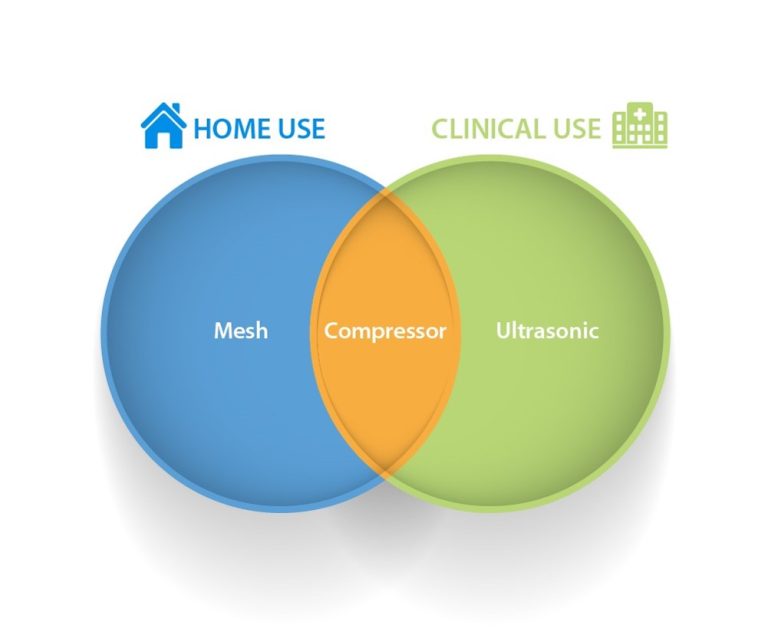

Respiratory Therapy
Every Breath Is A Chance At Life

- 1Rigorous lifestyle upgrade and urbanization has led to a detrimental effect on the air quality.
- 2As per Financial Times, 21 out of the 30 most polluted cities in the world, 21 exist in India.
- 3More than 4 out of every 10 people breathe 5 times more particulate matter than the safe limit.
References
https://edition.cnn.com/2019/03/05/health/100-most-polluted-cities-2018-intl/index.html
https://ig.ft.com/india-pollution/
https://edition.cnn.com/2019/03/05/health/100-most-polluted-cities-2018-intl/index.html
https://ig.ft.com/india-pollution/
Why Should You Choose Omron Nebulizers?
OMRON is the leading innovator in the area of respiratory medication delivery to offer relief to those suffering from breathing problems. Our nebulizers are developed to maximize the efficiency of medication delivery and minimize its wastage. The V.V.T (Virtual Valve Technology) makes our nebulizers convenient to use and durable.
Compressor
Frequently Asked Questions
Get the answers to the mostly frequently asked questions about OMRON Nebulizers and make a confident buying decision.
Copyright 2022 OMRON Healthcare India. All Rights Reserved.












